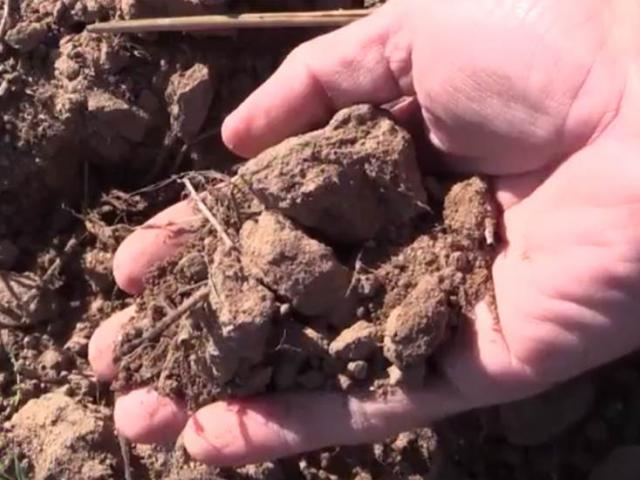Getting started with soil health
Dr Fran Hoyle is a senior research scientist with the Department of Agriculture and Food WA and has a background in agronomy and soil biology. Fran spoke about soil health earlier in the year at a field day hosted by South West Catchments Council (SWCC) near Busselton. This article summarises the key points from that field day.
A healthy soil is essentially one that has no constraints. It has a physical structure, chemical properties and biological function that fit the requirements of the plants you are trying to grow. It is also resilient to stress such as drought. So when you are considering soil health, you should be asking what your plants need and compare that to what your soil is providing to determine constraints to production.
Soil organic matter and soil biology drive a lot of the functions that underpin production systems. For example, they are the primary drivers of nutrient availability. Soil organic matter provides nitrogen, phosphorus, sulphur and potassium; and soil biology converts these to plant available forms. Soil biology produces by-products such as bacterial glues and fungal hyphae that can increase soil aggregation and maintain soil structure in heavier clay soils.
Soil organic matter is particularly important in sandy soils with little clay. Clay is an important component of soil because it has the capacity to hold cations (e.g. calcium, magnesium, sodium and potassium) and water. When clay is absent, soil organic matter can provide this function.
But attainable levels of soil organic carbon are constrained by soil type (usually lower for sandy soils) and climate (rainfall and temperature affects biomass production and organic inputs). Fran suggested growers benchmark themselves with others in the region and industry to determine their own target levels (see soilquality.org.au).
Soil carbon can be increased by addressing soil constraints which should lead to increased production of organic biomass. Diversifying crops to provide an array of organic substrates can increase the diversity of biological communities and increase resistance to disease.
Another option to increase soil carbon is to buy in organic matter, but this is not always economical. Increasing soil carbon can take decades, and if inputs are not maintained, carbon levels will revert back to climate and soil induced baseline levels.
So what might be constraining production? One of the core soil constraints is soil acidity which can affect nutrient availability and soil biology. Other factors can also constrain production of organic matter such as soil compaction, nutrient imbalance and disease.
As far as the impact of chemicals on soil biology goes, the jury is still out. Research suggests that impacts can vary widely and generalisations are hard to make. The trend seems to be towards short-term impacts (e.g. 5 weeks) to diversity and biological activity but that may not affect overall abundance or biological function.
Fran encouraged growers to take a strategic approach to improving soil health, suggesting that they first find the primary constraints to the specific production system and base decisions around that.
SWCC has released a two part video explaining key aspects of soil health. The short video clips titled ‘Getting started with soil health’, feature Dr Fran Hoyle. Part 1 and 2 are available on the SWCC YouTube Channel.
These videos are a great resource for growers who want to understand how to assess and manage their own soil health.
The event was supported by the South West Catchments Council, through funding from the Australian Government’s National Landcare Programme.

